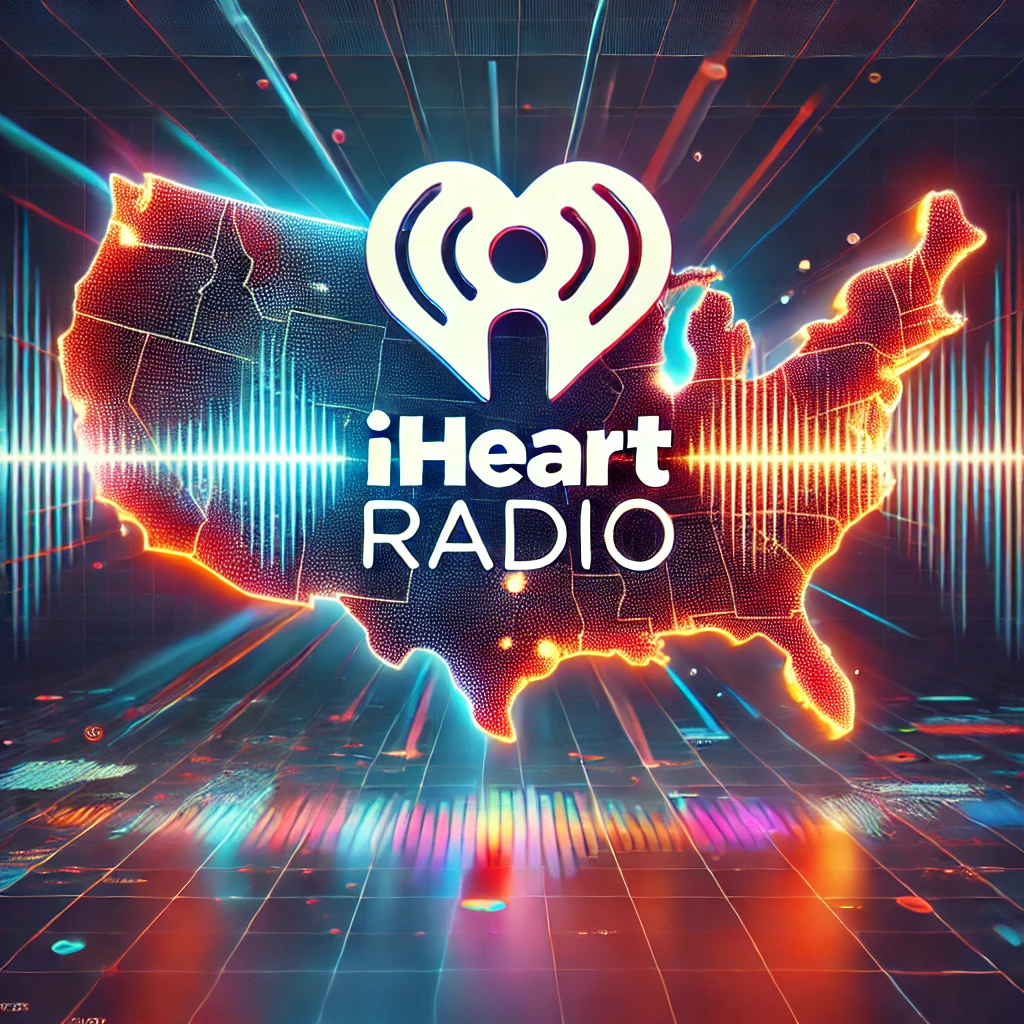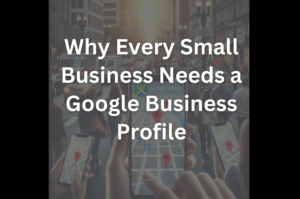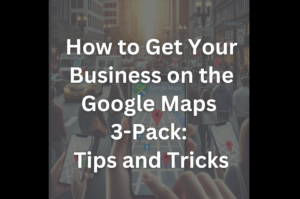**Disclosure:** We believe in honesty and transparency to the fullest extent. Some of the links on this blog are affiliate links, meaning, at no additional cost to you, we will earn a commission if you click through and make a purchase. This is one of the simplest ways you can support us.

In a digital-first world, it’s easy to overlook traditional media like radio—but doing so could mean missing out on one of the most effective marketing tools available. Radio remains a powerful and cost-efficient way to reach your audience, especially for local businesses or those looking to build awareness quickly.
Unlike many modern platforms, radio connects directly with listeners in their cars, homes, or workplaces, making it a personal and trusted medium. Whether you’re launching a new product, promoting an event, or simply building your brand, radio can amplify your message and deliver results.
In this article, we’ll explore the best strategies for using radio to market your business, from targeting specific audiences to maximizing cost-effectiveness and boosting other marketing efforts. If you’re curious about how radio fits into the broader marketing funnel, check out our recent article on the top, middle, and bottom funnel strategies to see how radio plays a critical role in building awareness and complementing other campaigns.

Understanding the Power of Radio Marketing
a. Why Radio?
Radio offers a unique advantage over other advertising platforms: its ability to connect with audiences in real-time while maintaining an intimate, conversational tone. Unlike social media or digital ads that are often scrolled past, radio grabs attention during daily routines, such as commutes or lunch breaks.
Moreover, radio is one of the few mediums that can effectively combine local relevance with broad reach. A single campaign can target a specific community while also influencing a diverse audience of potential customers.
b. Benefits of Radio
- Cost-Effective Reach: Compared to TV or high-budget digital campaigns, radio provides an affordable way to deliver your message repeatedly.
- Targeted Advertising: With various station formats (pop, news, sports, etc.), you can match your ads to the demographics of your ideal customers.
- Synergy with Other Campaigns: Radio campaigns often enhance the performance of digital or print ads by increasing brand recall and reinforcing key messages.
Radio is particularly effective for businesses looking to build awareness quickly, ensuring your brand stays top of mind when customers are ready to buy.
Targeting a Specific Audience with the Right Stations
a. Researching Your Audience
Effective radio marketing begins with understanding your target audience. Who are your ideal customers? Are they working professionals, parents, students, or retirees? Understanding their demographics—such as age, gender, income level, and interests—helps you choose the right stations and time slots to ensure your message reaches the people most likely to act.
b. Picking the Right Stations
Radio stations are designed to cater to specific listener profiles. For example:
- Top 40 Stations: Ideal for businesses targeting younger audiences, such as restaurants, gyms, or entertainment venues.
- News and Talk Radio: Great for B2B services or businesses appealing to professionals and decision-makers.
- Country or Classic Rock Stations: Effective for businesses in rural or suburban areas, especially those in retail or home services.
Timing also matters. Advertising during morning or evening commutes ensures high listenership, while mid-day slots may be more cost-effective for targeting stay-at-home parents or remote workers.
c. Case Study Example
Imagine a local gym looking to attract young professionals. By advertising on a Top 40 station during the morning drive, they can reach busy commuters who are planning their schedules for the day. The campaign might include a strong call-to-action, such as offering a free trial for new members.

Leveraging Influencers in Your Customer’s Circle
a. Radio’s Role in Influencing Buyers
One of radio’s unique strengths lies in its connection with local influencers: the radio personalities themselves. Listeners often feel a strong sense of trust and familiarity with their favorite hosts, making endorsements particularly effective. When a well-known host promotes your business, it can lend credibility to your brand and make your message more persuasive.
b. The Domino Effect
Beyond directly reaching your target customers, radio advertising also influences the people around them—friends, family members, coworkers, or community leaders. These individuals often play a role in purchase decisions, either by recommending your business or by shaping the opinions of those you aim to convert.
c. Case Study Example
Consider a daycare service advertising on a morning talk show. While parents are the primary target, the ad might also reach grandparents or coworkers who could pass along the recommendation. By influencing this broader circle, the campaign gains additional reach and impact.
Maximizing Cost-Effectiveness
a. Budget-Friendly Campaigns
One of the most appealing aspects of radio advertising is its affordability. Compared to platforms like TV or high-budget digital campaigns, radio allows businesses to deliver consistent messaging without breaking the bank. For the same budget, you can secure multiple ad slots, ensuring your message reaches listeners repeatedly—an essential factor in building brand recall.
b. ROI Potential
Radio’s cost-effectiveness doesn’t just save money—it delivers a high return on investment (ROI). Regularly reaching a local audience with your ads can result in steady foot traffic or website visits. Businesses targeting niche audiences can also stretch their dollars further by selecting specialized stations that cater directly to their demographics.
c. Case Study Example
A small-town boutique looking to increase sales during the holiday season could advertise on a local station during peak shopping hours. With a minimal investment, they can consistently promote their holiday discounts and special offers, creating a noticeable bump in customer visits.
Building Awareness for New Businesses, Products, or Events
a. Creating a Buzz
Radio excels at creating excitement and generating buzz. Whether you’re a new business trying to establish your presence or an established one launching a new product, radio can deliver your message to a large audience quickly and effectively. Its immediacy allows you to reach people at the right time, such as just before a major event.
b. Engaging Call-to-Actions
Strong call-to-actions (CTAs) are critical for making your radio campaign effective. Encouraging listeners to act immediately—whether it’s visiting your store, RSVPing for an event, or using a discount code—can turn awareness into action.
Examples:
- “Visit us this Saturday for our grand opening celebration!”
- “Call now to schedule your free consultation.”
c. Case Study Example
A new restaurant announcing its grand opening could use radio to spread the word, offering listeners an exclusive deal like a free appetizer or dessert for visiting during the opening weekend. The combination of excitement and urgency creates immediate engagement, driving customers through the door.
Amplifying Other Marketing Campaigns
a. Radio’s Synergy with Digital Marketing
Radio doesn’t work in isolation—it enhances the effectiveness of your other marketing efforts. When combined with digital campaigns, radio creates a multi-channel strategy that reinforces your message. For example, a listener might hear your radio ad and then search for your business online, leading them to your website or social media profiles.
Pairing radio with digital retargeting ads is especially powerful. A well-timed radio ad can create awareness, while retargeting ads on platforms like Facebook or Google remind listeners to take action, such as making a purchase or signing up for a newsletter.
b. Boosting Campaign Recall
Studies show that combining radio with other advertising mediums significantly improves message recall. By reaching audiences on multiple channels, you increase the likelihood that your brand stays top of mind.
c. Case Study Example
An online retailer promoting a holiday sale could use radio to announce their discounts while simultaneously running digital ads featuring the same offers. This integrated approach drives traffic to their website and boosts conversion rates, as customers are reminded of the sale wherever they turn.
Practical Tips for Effective Radio Marketing
a. Crafting a Compelling Message
Radio ads are short and impactful, so your message needs to be clear and memorable. Focus on:
- Clarity: Avoid overloading your ad with too much information.
- Emotion: Use storytelling to connect with your audience.
- Call-to-Action: Make it easy for listeners to know what to do next (e.g., “Visit us online at [website]” or “Call us at [phone number]”).
Jingles or slogans can also make your brand stand out. A catchy tune or phrase helps listeners remember your business long after the ad has ended.
b. Measuring Success
Tracking the effectiveness of radio campaigns is easier than you might think. Use tools like:
- Promo Codes: Offer a discount tied to a specific code mentioned in your ad.
- Dedicated Landing Pages: Direct listeners to a webpage created exclusively for the campaign.
- Call Tracking: Use unique phone numbers to measure inbound calls from radio ads.
c. Testing and Tweaking
Don’t be afraid to experiment with different approaches. Test variations in time slots, messaging, or stations to see what resonates best with your audience. Radio’s affordability makes it an ideal medium for refining your strategy without overspending.
Building Awareness for New Businesses, Products, or Events
a. Creating Excitement
Radio is an excellent tool for creating awareness, especially for new businesses, product launches, or upcoming events. Its immediacy and wide reach make it perfect for delivering timely messages that generate excitement. Unlike digital ads, which users can skip or scroll past, radio ads are actively heard during moments like commutes or work breaks.
Whether you’re introducing a new product line, opening a store, or promoting an event, radio ensures your message gets out fast and effectively.
b. Leveraging Local Appeal
Radio advertising’s local focus is especially useful for community-based campaigns. Promoting your business or event on stations that your target demographic listens to increases the likelihood of engaging with your audience directly.
c. Case Study Example
A local festival organizer could use radio ads to promote an upcoming event, featuring details like location, time, and ticket availability. Pairing this with a fun, memorable jingle reinforces the event’s excitement and encourages attendance.

Amplifying the Effectiveness of Other Campaigns
a. Creating a Multi-Channel Strategy
Radio is a fantastic amplifier for other marketing efforts. By combining radio ads with digital and print campaigns, you create a cohesive message across multiple platforms. For instance, a radio ad might drive people to your website, where they find matching digital ads or blog content. This consistency reinforces your message and improves audience recall.
b. Strengthening Brand Recall
When customers hear your radio ad and later see your social media or search engine ads, it reinforces your brand in their minds. Radio can serve as the spark that drives curiosity, while digital channels follow up to close the sale.
c. Case Study Example
A fitness studio running a promotion on social media could use radio ads to announce the same offer, encouraging listeners to visit their Instagram page for more details. This synergy ensures the message reaches the audience at different touchpoints, increasing the likelihood of engagement and conversion.
Conclusion: Why Radio Should Be Part of Your Marketing Strategy
Radio remains a powerful, cost-effective tool that delivers results in today’s competitive marketing landscape. By leveraging its unique strengths—such as the ability to target specific audiences, its local influence, and its synergy with other marketing platforms—you can create campaigns that effectively attract, engage, and convert customers.
Whether you’re building awareness for a new business, promoting an event, or amplifying other marketing efforts, radio offers unmatched versatility and reach. Its affordability ensures that businesses of all sizes can benefit, making it an invaluable component of any marketing strategy.
Ultimately, the key to success lies in using radio as part of a well-rounded, multi-channel approach. By integrating it with digital platforms and tailoring your message to your audience, you can maximize impact and create a marketing ecosystem that drives consistent growth.
Ready to turn up the volume on your marketing strategy? Start exploring how radio can elevate your business today!










